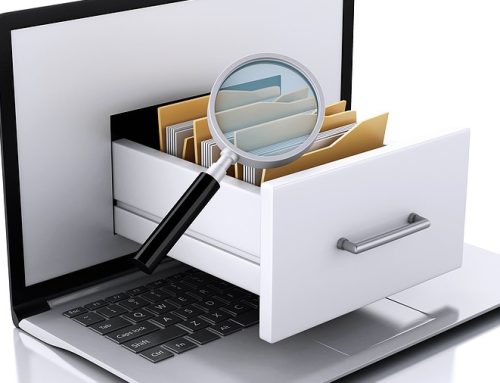Organizations generate huge amounts of data every day. Properly governed, that data can drive business strategy and decision-making. However, while essential, data governance can also prove complicated and time-consuming. Automating data governance can save time and money, simplify regulatory compliance, and improve decision making.
Automated tools such as artificial intelligence (AI), machine learning and robotic process automation (RPA) take care of redundant tasks. In addition, through identifying patterns, these technologies can strengthen data security and improve accuracy. And with automated data lineage and classification, organizations gain quicker access to trustworthy data.
Augment Cyber Security with Machine Learning
AI has become essential to modern cyber security. Through machine learning, advanced security systems can identify patterns that indicate cyber threats. In many cases, the system can then mitigate a cyber attack before humans even know it has occurred.
Additionally, because a good machine learning tool learns as it goes, it moves with increasing speed and accuracy to thwart attacks on valuable data assets. Algorithms can be trained to recognize known threats and then adapt in real time as threats evolve.
While machines can never completely replace humans, automated cyber security does have a couple of advantages over its human partners. For instance, a machine can process billions of events every day. And it provides 24/7 data monitoring, doing its job even through pandemics and holidays.

Reduce Errors
Data riddled with errors has no value. Consequently, analysts spend hundreds of hours cleaning up data to render it useful. But when machines perform error detection and correction, this process takes a fraction of the time. Automation also frees up analysts to focus instead on gaining valuable insights from the data.
For instance, automated processes can scan data sources for calculation errors or omissions. They can also correct data to adhere to defined standards, documenting each change in logs. An example includes automatically merging duplicate records.
In addition, because the system automatically tracks all changes, it allows data users to follow data throughout the business process. For example, if decision makers are presented with conflicting pieces of data, they can easily trace the numbers back through the system to determine where the error occurred.
Improve Compliance with Automated Data Lineage
Data lineage tracks the movement of data over time, including the author, nature and timing of all changes. Privacy regulations require data lineage for sensitive data. To demonstrate compliance with these regulations, organizations must present audit trails and version control.
Manually documenting data lineage requires substantial resources and can result in costly errors. However, automating end-to-end data lineage with a combination of AI, machine learning and metadata both improves accuracy and saves time.

Rapidly Realize Data Value
Data lineage begins with data discovery. Here again, automation plays a key role. Automated processes comb through both external and internal data sets to identify and then evaluate and catalog relevant data.
For instance, suppose the system discovers personal data. A series of algorithms helps it classify that data, tagging it as either customer or vendor and marking it as sensitive. These metadata tags make data more visible and provide important clues about the nature of the data.
Effective metadata management significantly increases data value, and automation of metadata tagging speeds the process. Consequently, decision makers can quickly find the data they need, regardless of its location. They can then proceed with confidence in the quality of the data.
Automating Data Governance with Expert Assistance
The data technology marketplace offers a large array of options for automating data governance. Choosing and properly implementing the right tools for your business requires careful planning. Begin by identifying data challenges and outlining the goals you want to achieve through automation.
The information governance experts at Messaging Architects will help you put the components in place, beginning with data management and eDiscovery. We will also help you customize comprehensive data security and compliance monitoring designed to complement your business needs.








